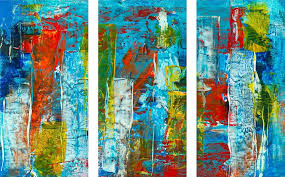
Abstraction has always pushed the boundaries of visual language, but today’s artists are taking it even further—beyond canvas and pigment, into the realm of algorithms and data. The new wave of abstraction is digitally born, merging art history with code, interactivity, and generative systems.
Artists working in this space use programming languages, motion design, and AI to create works that move, evolve, or react to viewer input. The result isn’t just static geometry but living forms—shapes that pulse with sound, shift with weather data, or mirror human movement.
This evolution isn’t a departure from traditional abstraction; it’s a continuation. Where early abstract artists explored emotion and form through brush and color, today’s creators use digital logic to access similar themes—only with a broader toolset. They question perception, rhythm, balance, and chaos through layers of pixel, code, and light.
New abstraction also allows for mass participation. Code-based art can be reproduced, altered, and shared instantly. Artists often release their scripts as open source, inviting others to remix or evolve the original piece.
By moving from canvas to code, abstraction enters a fluid, limitless realm. It no longer has to exist in galleries—it can live in browsers, apps, or even blockchain platforms. This opens up questions around value, ownership, and authorship in the digital age.
Ultimately, new abstraction isn’t about replacing the old—it’s about expanding the language of form to speak fluently in both analog and digital worlds.
